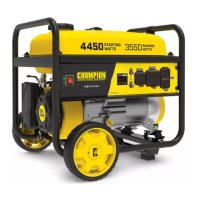
Do you have a question about the Champion Power Equipment 200911 and is the answer not in the manual?
| Engine Type | 4-Stroke |
|---|---|
| Fuel Type | Gasoline |
| Noise Level | 68 dBA |
| Starting Method | Recoil |
| Voltage | 120V |
| Frequency | 60 Hz |
| Outlets | 120V 20A, 120V 30A |
Explains hazard symbols like DANGER, WARNING, CAUTION, and NOTICE to understand potential dangers.
Highlights dangers of carbon monoxide, rotating parts, and high voltage, advising safe operation practices.
Details electrical safety, proper cord usage, grounding, and advice against using for medical support.
Warns about fire/shock hazards from spark plug wires and severe burns from hot engine parts.
Advises caution with the starter cord to prevent injury and warns against overloading the generator.
Provides critical safety guidelines for handling gasoline, including storage, filling, and avoiding ignition sources.
Outlines safe practices during operation, transport, and storage to prevent hazards.
Explains safety symbols and the critical danger of carbon monoxide poisoning from generator exhaust.
Specifies the correct fuel type, octane rating, and ethanol content for the generator.
Warns users to avoid touching hot engine components and exhaust parts to prevent burns.
Emphasizes reading the manual and maintaining a minimum 5 ft clearance from the generator.
Explains grounding requirements and risks of electric shock from improper connections or wet conditions.
Details fire/explosion risks from fuel and vapors, and warns about hot surfaces.
Advises keeping away from ignition sources and warns against operation in wet conditions.
Defines symbols for ON/OFF states and explains the neutral floating configuration.
Explains symbols for locking/RV receptacles, choke, fuel valve, ground, voltage, and run time.
Provides a step-by-step visual guide and safety warning for starting the generator engine.
Details the correct procedure for safely shutting down the generator and disconnecting loads.
Identifies and describes key external parts of the generator like the fuel tank, recoil starter, and wheels.
Introduces the control panel as a section for detailed information on its features.
Details the engine switch, intelligauge meter, and circuit breakers for generator operation.
Describes the different types of AC receptacles (30A Locking, 30A RV, 20A) and their uses.
Explains the three modes of the intelligauge digital meter: frequency, voltage, and total run time.
Lists the accessories and assembly parts included with the generator, such as wheels and handle.
Specifies the basic tools required for assembling the generator.
Provides instructions on safely unpacking the generator from its shipping carton.
Details the critical step of removing support brackets to prevent damage and voiding the warranty.
Guides the user through the process of attaching the wheels to the generator frame.
Instructs on how to attach the folding handle to the generator frame for easier movement.
Explains the procedure for adding the correct type and amount of oil before starting the engine.
Provides instructions on using the correct fuel type, octane, and ethanol content, and how to fill the tank safely.
Explains the importance of proper grounding to prevent electric shock and the neutral floating configuration.
Details safe and proper placement of the generator, emphasizing ventilation and clearance from combustibles.
Advises on using surge protectors to safeguard sensitive electronic devices from voltage fluctuations.
Provides a step-by-step guide on how to start the generator engine safely and correctly.
Explains the correct use of the choke lever for starting in different temperature conditions.
Guides users on how to connect electrical devices to the generator after it has warmed up.
Explains how to calculate wattage needs and manage loads to avoid overloading the generator.
Details the correct procedure for shutting down the generator and disconnecting loads.
Provides instructions on how to safely move the generator using its wheels and handle.
Discusses how altitude affects generator performance and potential issues like hard starting.
Emphasizes keeping the generator clean, dry, and operating it on a level surface.
Provides instructions on how to clean the generator's exterior surfaces without using excessive water.
Details the process for draining old oil and refilling with new oil when the engine is warm.
Explains how to remove, clean, inspect, and gap the spark plug for proper ignition.
Guides on cleaning the air filter element by washing, drying, and oiling it.
Describes how to remove and clean carbon deposits from the spark arrestor screen.
Warns against tampering with the governor, stating it can cause damage and void the warranty.
Outlines recommended maintenance intervals for checking oil, cleaning, and changing parts.
Provides instructions for storing the generator for short periods, preventing fuel issues.
Details procedures for adding fuel stabilizer and preparing the generator for storage up to one year.
Explains the process for completely draining fuel for storage exceeding one year.
Outlines the steps to take when bringing a stored generator back into service.
Lists key electrical and physical specifications of the generator model.
Details engine model, displacement, spark plug type, and valve clearances.
Specifies fuel requirements (octane, ethanol) and operating temperature ranges.
Presents a visual exploded view of the generator's components with numbered parts.
Lists specific part numbers and descriptions for generator components from 1 to 32.
Lists specific part numbers and descriptions for generator components from 33 to 64.
Lists specific part numbers and descriptions for generator components from 65 to 87.
Displays a visual exploded view of the engine components with numbered parts.
Lists specific part numbers and descriptions for engine components from 1 to 34.
Lists specific part numbers and descriptions for engine components from 35 to 62.
Lists specific part numbers and descriptions for engine components from 63 to 84.
Illustrates the electrical connections and components of the generator system.
Lists common problems and solutions when the engine fails to start or runs roughly.
Addresses issues like low power output, overheating, and engine faltering.
Explains causes and solutions for repeated circuit breaker tripping.
Outlines requirements for registering the product and qualifying for warranty service.
Details the duration and scope of the limited warranty for parts and labor.
Lists conditions and parts not covered by the warranty, including normal wear and misuse.
Explains the manufacturer's warranty covering emission control components and systems.
Outlines the owner's duties regarding maintenance and care to ensure warranty validity.
Defines the scope and duration of the Emission Control System (ECS) warranty coverage.
Clarifies how warranted emission-related parts are covered, including repair or replacement.
Lists the specific systems and parts covered under the emission control warranty.
Provides instructions on how to seek warranty service and contact customer support.
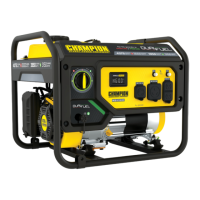
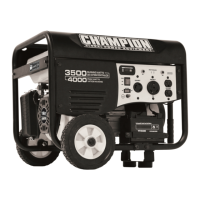
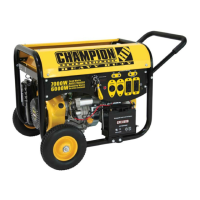
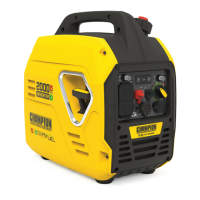
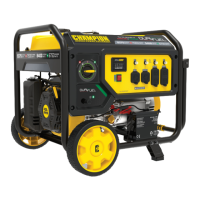
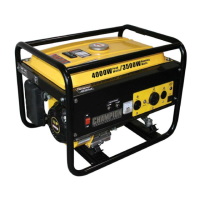
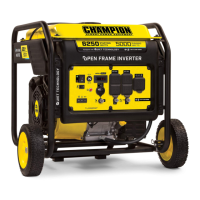
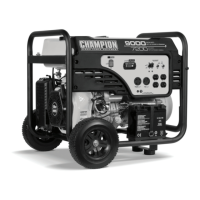
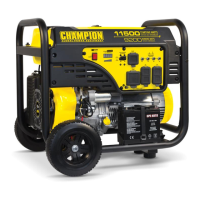
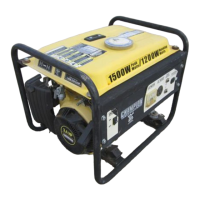
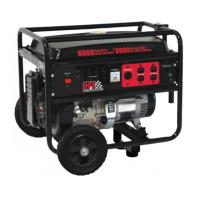
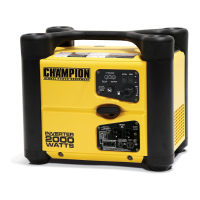
